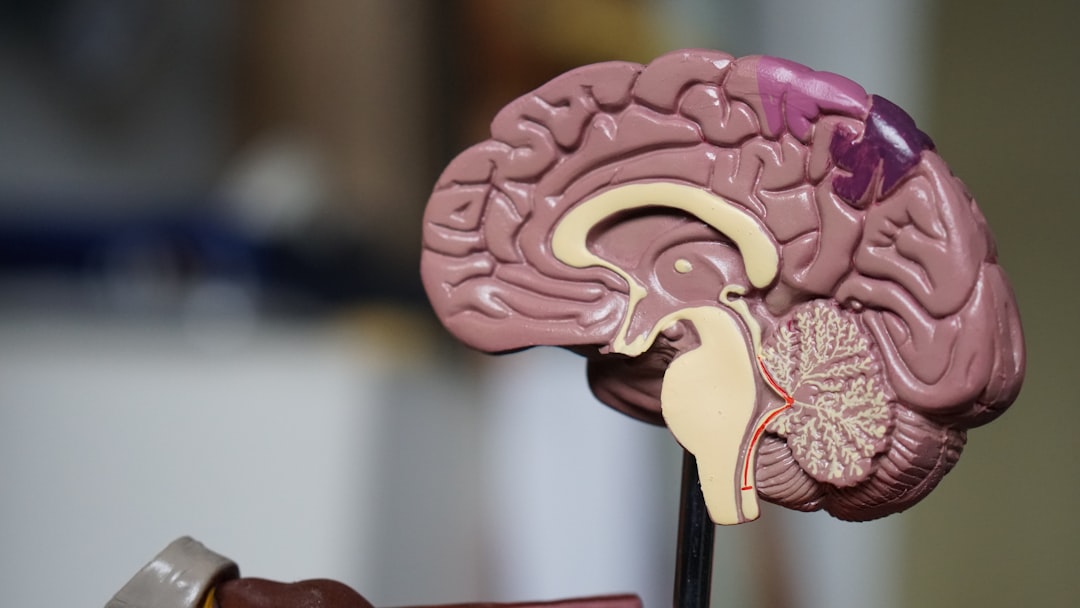What is it about?
When preparing students to learn from a lecture, giving them problems to solve with deliberately-designed nudges towards failure, improves their understanding of the concept. Generating suboptimal solutions during preparatory problem-solving challenges students' understanding (makes them uncomfortable in the short-term), but affords exploration of the problem-space. Despite encountering initial failures, students become more aware of what they do not know and are curious to learn the targeted learning concept in the follow-up lecture. Explicitly inviting failure-driven participation initially, is then indeed germane for learning.
Featured Image

Photo by chuttersnap on Unsplash
Why is it important?
Previous research has implicated that deliberate, guided failure may be beneficial for learning. This study is the first to experimentally show how, and why, explicitly designing for experiences of failure (or success) during problem-solving prior to instruction can differentially impact students’ learning.
Perspectives
I hope this article provokes a reconsideration of failure as a taboo in educational contexts, and inspires educators to explicitly design for failure-driven experiences in the classroom.
tanmay sinha
ETH Zurich
Read the Original
This page is a summary of: Differential benefits of explicit failure-driven and success-driven scaffolding in problem-solving prior to instruction., Journal of Educational Psychology, April 2021, American Psychological Association (APA),
DOI: 10.1037/edu0000483.
You can read the full text:
Contributors
The following have contributed to this page










